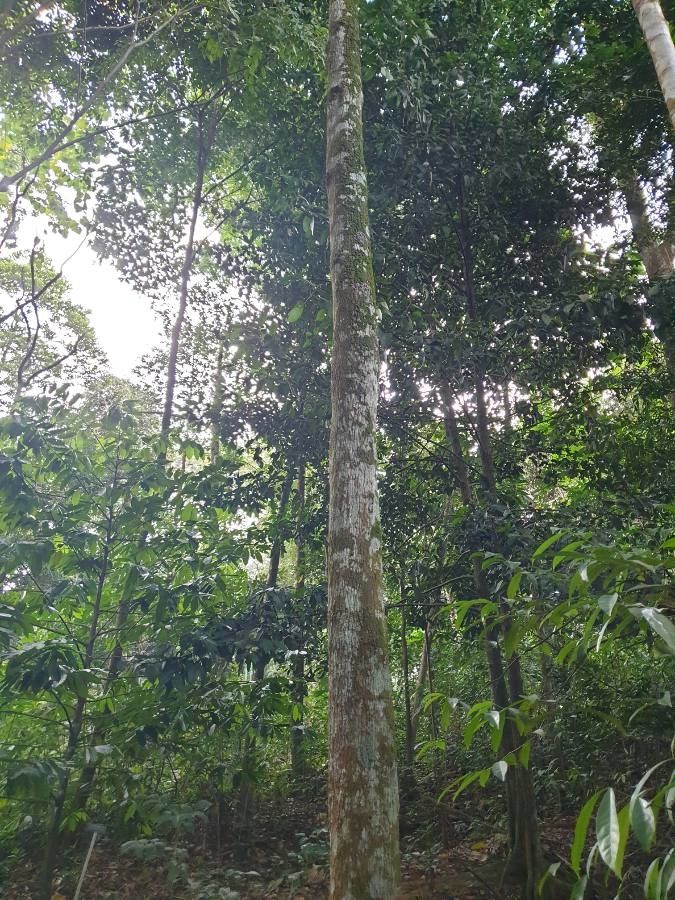Propagating Horsfieldia superba: A Gardener’s Challenge
Introduction:
Horsfieldia superba, also known as the (Insert common name if available – research necessary, as this species might lack a widely used common name. If no common name is found, remove this parenthetical section), is a captivating tree species belonging to the Myristicaceae family. Characterized by its (insert key characteristics, e.g., fragrant flowers, distinctive foliage, unique fruit), it holds increasing horticultural significance among plant enthusiasts seeking rare and unusual specimens. Its rarity, combined with its aesthetic appeal, makes successful propagation a particularly rewarding endeavor, although challenging. The inherent difficulties associated with its propagation add to its allure among experienced cultivators.
Seed Germination:
Currently, there are no known reliable methods for seed germination propagation of Horsfieldia superba. Limited research exists on the germination requirements of this species. The potential challenges include dormancy mechanisms, sensitivity to environmental factors, and potential fungal diseases. Further research is needed to determine the viability of this propagation method.
Cuttings:
The success of propagating Horsfieldia superba from cuttings is also currently unproven. The challenges likely include the difficulty in rooting hardwood or softwood cuttings due to the potential for fungal infection and the plant’s possible low auxin production (hormones responsible for root growth). Practical tips, such as the use of rooting hormones, specialized propagation mixes (e.g., perlite and peat), and controlled humidity environments, may be worth investigating in future research, although their efficacy remains unknown. Assuming success, the rewards would lie in maintaining the parental plant’s desirable traits while potentially allowing for faster propagation compared to seed germination.
Division:
Division is not a viable method for propagating Horsfieldia superba. This species is a tree, and division of root systems is not a feasible propagation technique for woody plants of this size and structure.
Tissue Culture:
Tissue culture offers a potential pathway for propagating Horsfieldia superba. However, this method presents significant challenges. Establishing sterile cultures from this species may prove difficult, and optimizing the culture media for growth and shoot multiplication will require extensive experimentation and possibly collaboration with tissue culture laboratories specializing in Myristicaceae. Finding the optimal plant growth regulator concentrations may prove to be another major hurdle. If successful, tissue culture propagation would enable the mass production of genetically identical plants and offer a pathway to conserve and propagate rare varieties. However, the high technical expertise and specialized equipment required make this method expensive and inaccessible to many home gardeners.
Conclusion:
Propagating Horsfieldia superba presents considerable challenges across all currently considered methods. Seed germination and cuttings propagation lack established protocols and likely involve significant hurdles. Division is not feasible, and tissue culture, while potentially effective, requires specialized knowledge and resources. The rewards, however – maintaining genetic diversity (in the case of seed germination – if proven viable), the preservation of rare cultivars, or the potential for large-scale propagation through tissue culture – justify the effort for dedicated horticulturalists. The unique satisfaction derived from successfully cultivating this challenging plant stems precisely from overcoming these difficulties. The journey, filled with experimentation and learning, is as rewarding as the final achievement of a thriving Horsfieldia superba in your collection. For aspiring propagators, collaboration with botanical gardens or researchers specializing in Myristicaceae could prove invaluable in gaining insights and accelerating this exciting horticultural endeavor.

